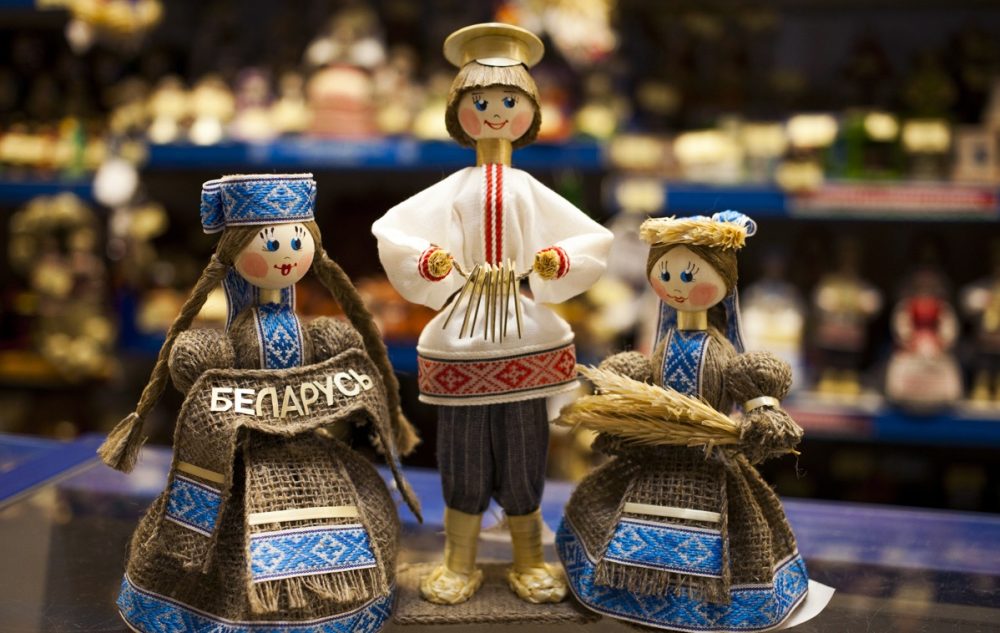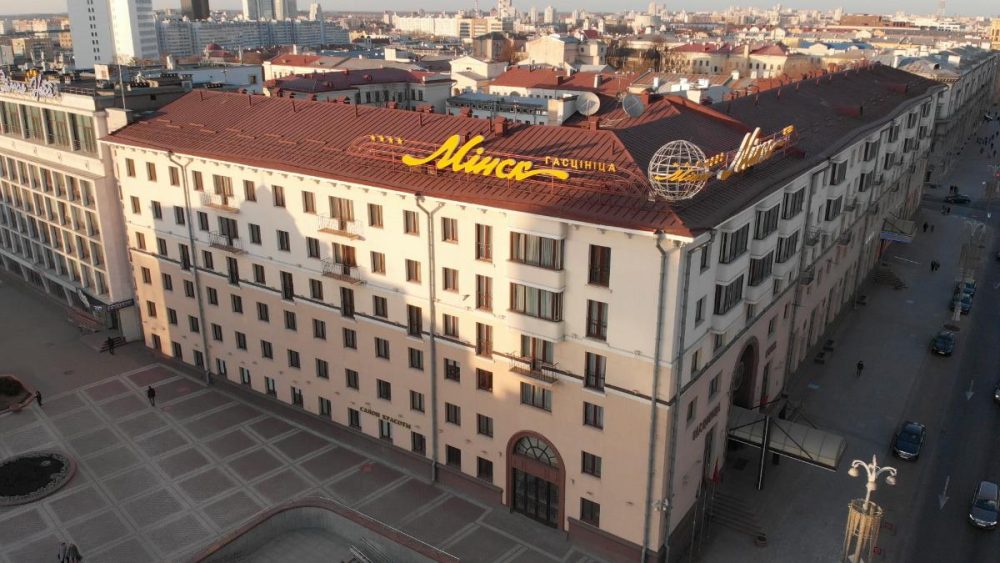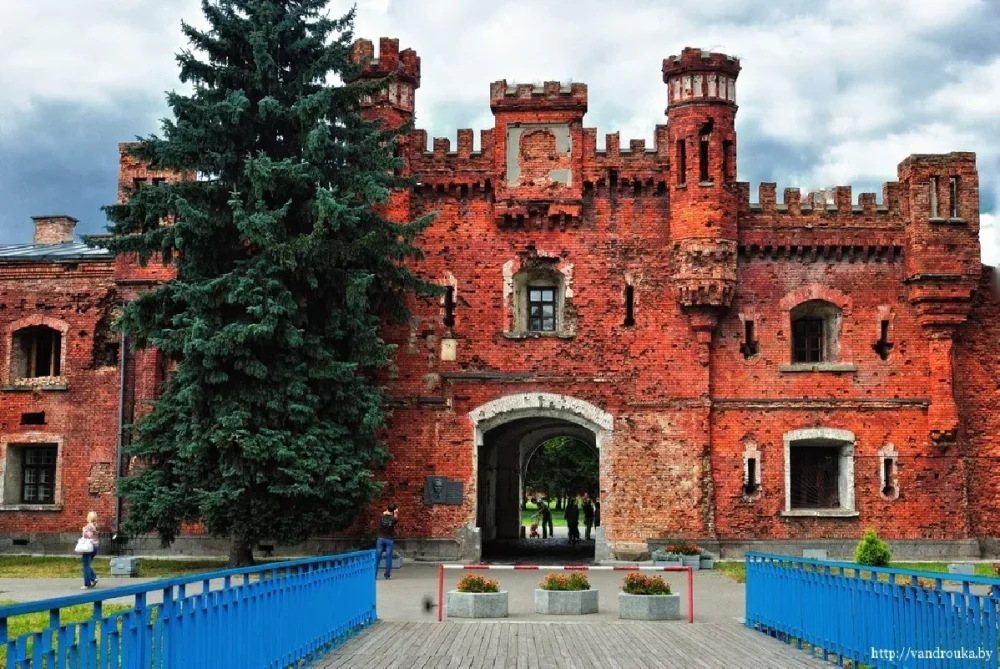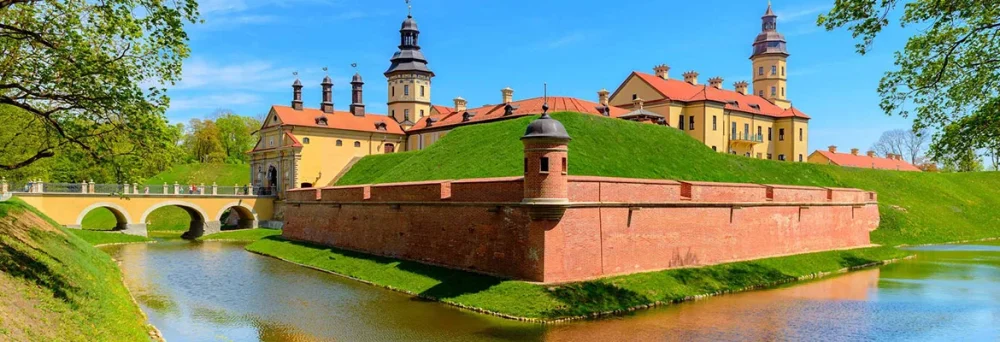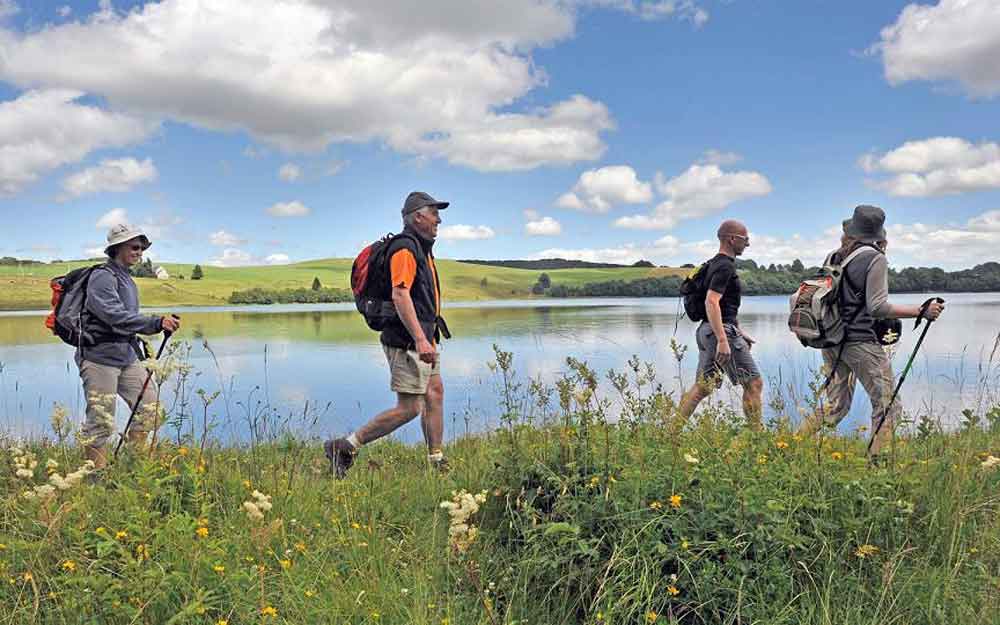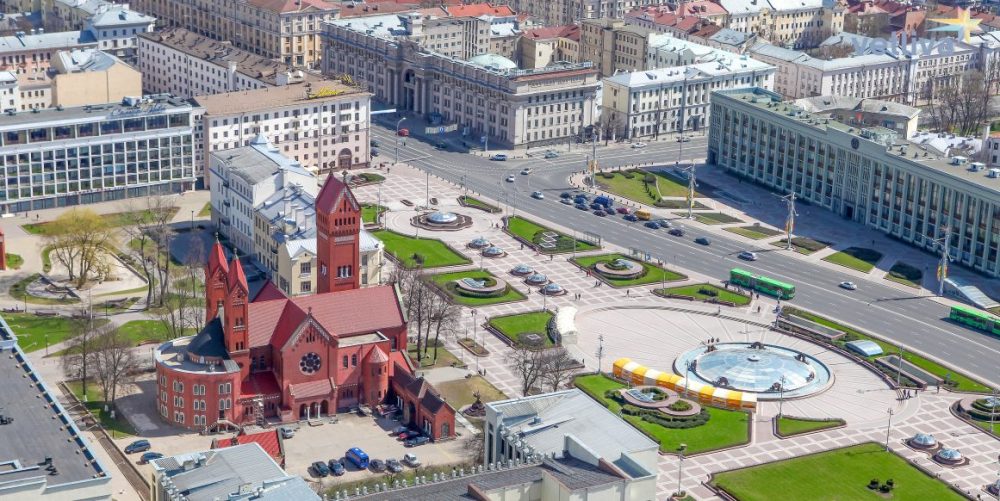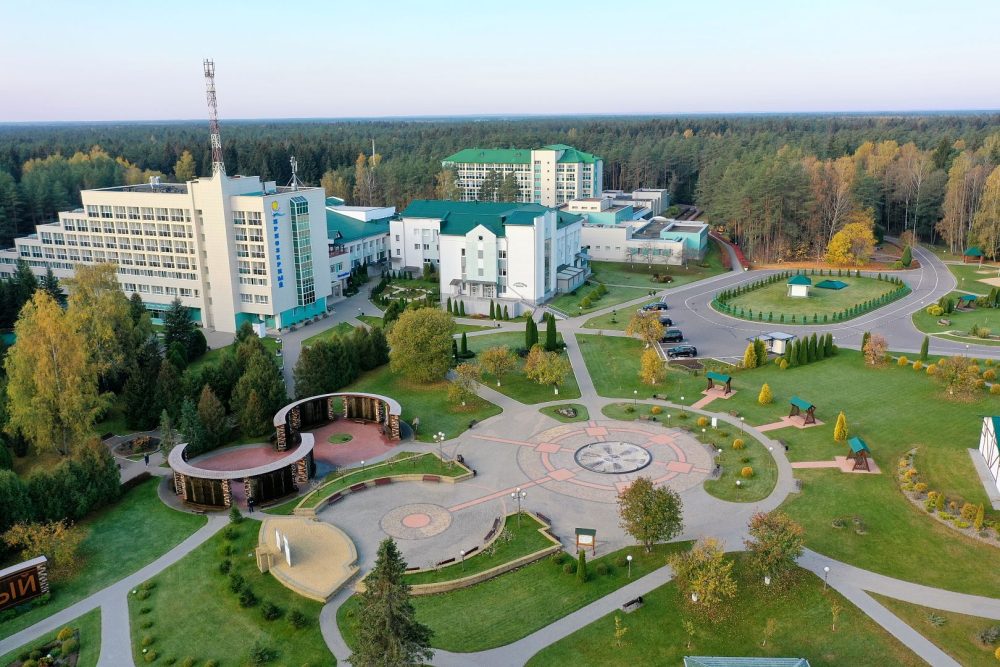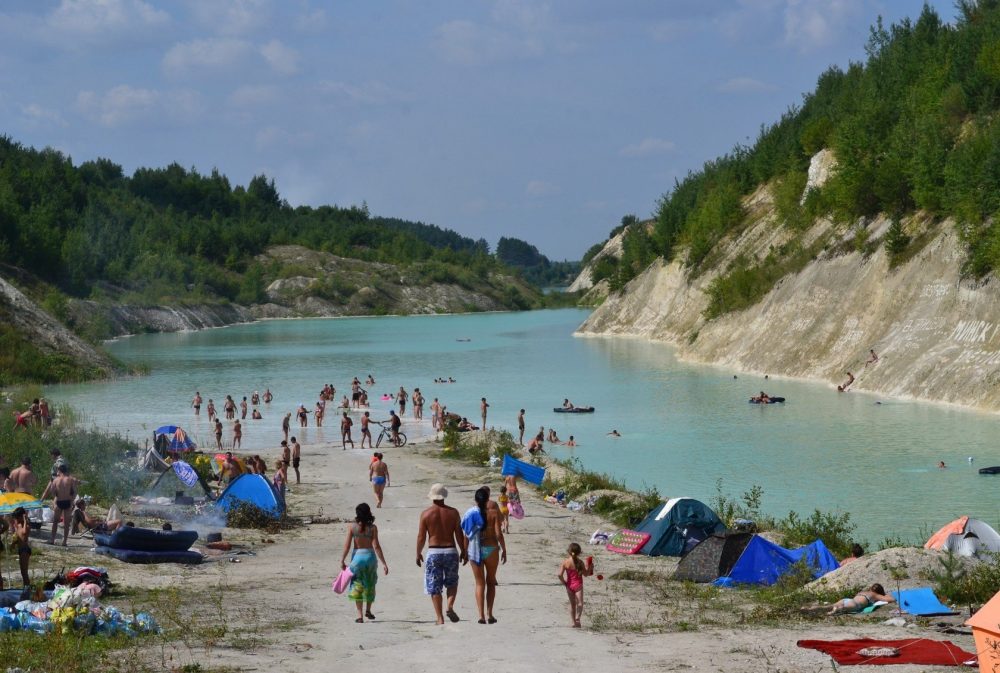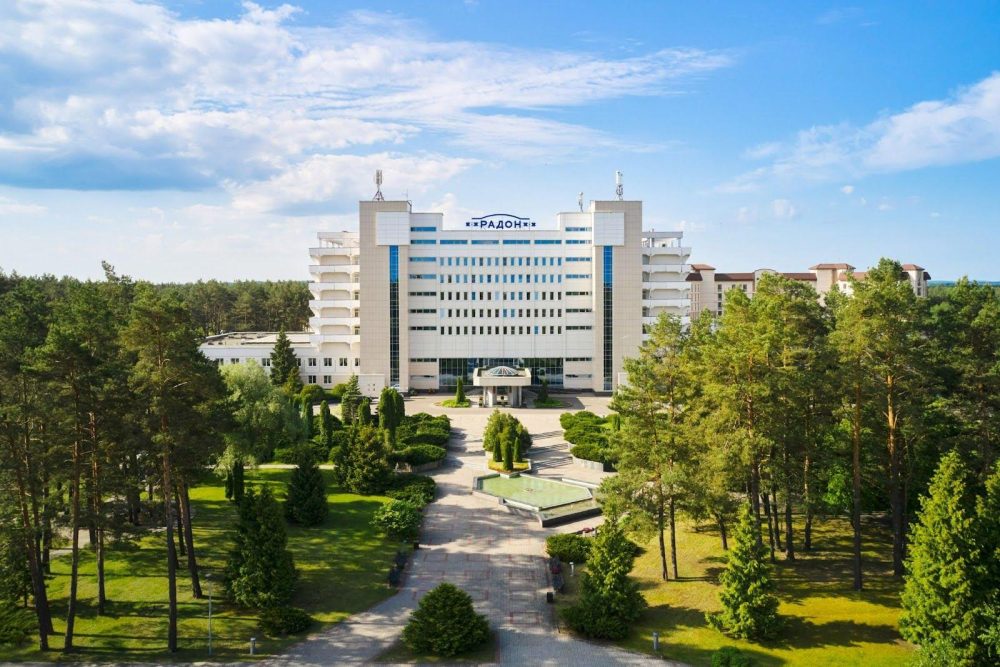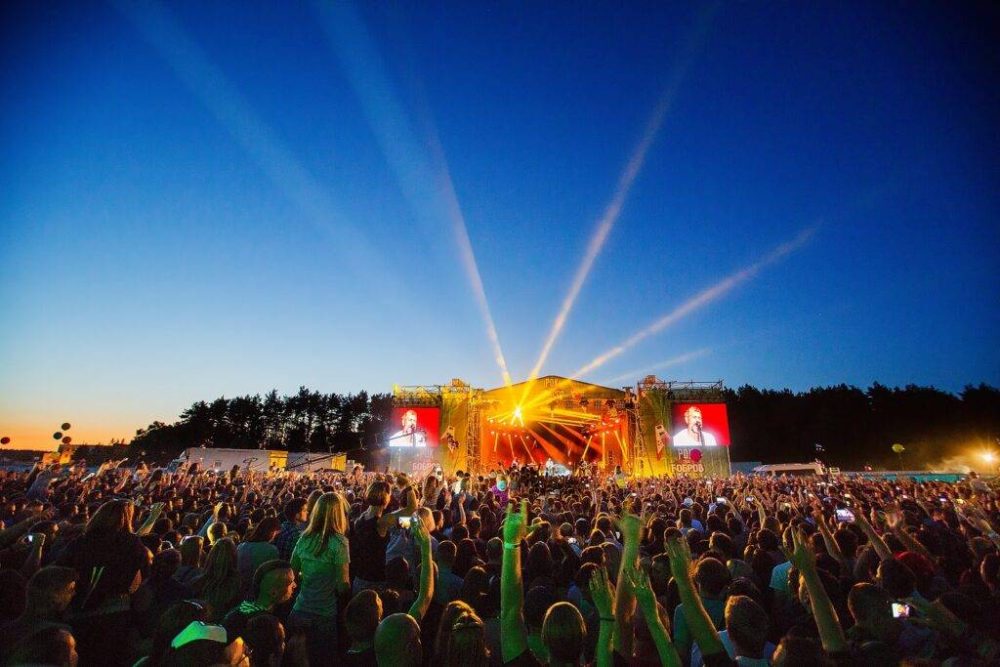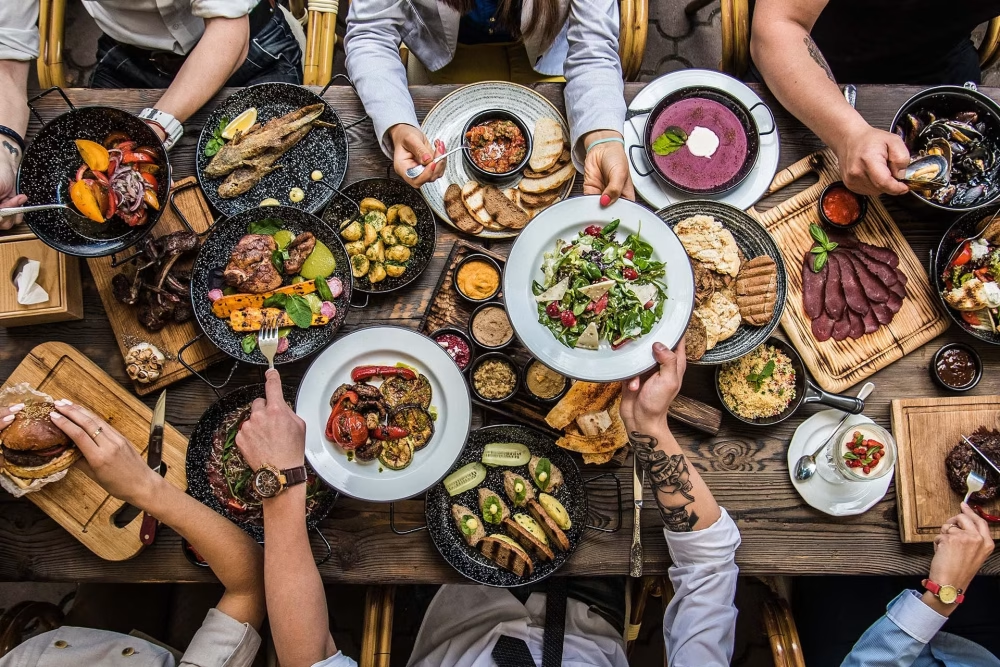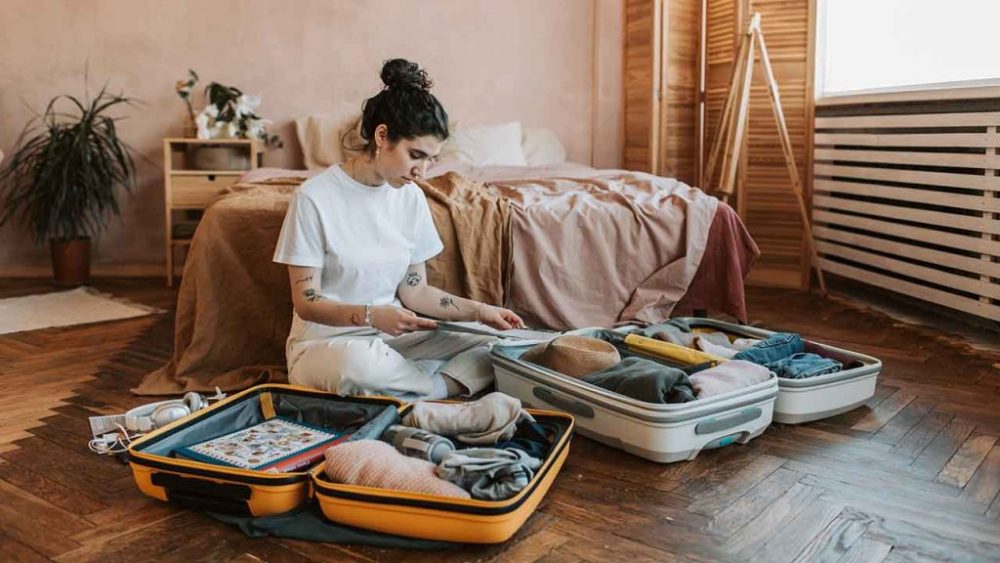A trip to the land of lakes and forests offers the opportunity to enjoy a cozy atmosphere, picturesque nature, and a chance to bring back original Belarusian souvenirs. Many tourists wonder what to bring as a gift from Belarus to amaze their loved ones and preserve a piece of this amazing country. It has everything: from traditional delicacies and folk art items to fashionable clothing and quality cosmetics.
Belarusian craftsmen are famous for their ability to combine traditions and modern technologies, creating items that are popular far beyond the country’s borders. In this article, we will talk about the best gift options that will not only be beautiful but also useful.
Belarusian Sweets – Delicious Souvenirs for Everyone
If you choose gastronomic gifts, Belarusian sweets are an excellent option. The country has many factories that produce natural and tasty treats loved by many tourists.
One of the most recognizable delicacies is the “Red Pischevik” marshmallow. It stands out for its delicate texture and natural composition, and the taste of this classic white-pink treat is known far beyond Belarus. In addition to that, you should try the “Spartak” chocolate, “Komunarka” caramel and iris, as well as honey and pastila, which are valued for their natural ingredients.
If you want to delight your loved ones with something unusual, bring chocolate products with berry fillings or candies infused with balsams. Such sweets will be a great gift for connoisseurs of exquisite flavors.
Belarusian Clothing – Style, Comfort, and Quality
Belarus is known for its light industry, and local manufacturers have long established themselves in the global market. The choice of Belarusian clothing is huge: from warm knitwear to elegant linen outfits. Particularly popular are:
- “Milavitsa” lingerie – high-quality underwear and swimsuits known for their comfortable fit and stylish design;
- Belarusian knitwear – well-known factories like “Svitanak,” “Kupalinka,” and “Polesie” produce clothing for every taste (sweaters, dresses, loungewear, and sportswear);
- Linen clothing – Belarus’ pride. Flax is grown and processed to create stylish shirts, dresses, and tablecloths.
Belarusian clothing is not just high-quality items but also a cultural element that combines traditions and modern trends.
Belarusian Cosmetics – Naturalness and Effectiveness
For those who enjoy self-care, Belarusian cosmetics are worth paying attention to. Local brands produce natural creams, shampoos, oils, and makeup known for their affordable prices and high quality.
There are many popular brands: Belita-Vitex, which produces skincare products based on herbs and hyaluronic acid, LUXVISAGE with a wide range of makeup products, and Markell, whose products are rich in natural extracts. Such cosmetics will be a great gift as they are created with care for health and appearance.
“Neman” Crystal – Elegance in Every Piece
For those who want to bring something truly special, “Neman” Crystal is worth considering. One of the oldest factories producing crystal items since 1883. The selection is huge:
- glasses and goblets with classic patterns;
- decorative vases and caskets;
- exquisite candy dishes and decanters.
“Neman” Crystal is distinguished by its noble shine and highest quality. This gift is suitable for both classic enthusiasts and lovers of exclusive items.
What to Bring as a Gift from Belarus in terms of Alcohol – Traditions and Taste
For enthusiasts of strong drinks, alcohol from Belarus will be an excellent gift choice. Unique tinctures, balms, and vodka are produced here, distinguished by natural ingredients and a smooth taste.
Popular options include Belarusian balm, “Krambambulya” tincture with a honey-spicy flavor, as well as signature infusions with cranberries, blueberries, and rowanberries. If you are thinking about what to bring as a gift from Belarus, these drinks will be an excellent choice. They are not only delicious but also a part of the national culture.
National Souvenirs – Traditions in Details
For those who want to bring souvenirs from Belarus, it is worth paying attention to products from folk craftsmen. These items reflect the rich cultural heritage of the country and can be considered true works of art. Among the most popular national souvenirs are:
- straw products – dolls, talismans, panels, and decorative compositions created using ancient weaving techniques. These souvenirs symbolize warmth, coziness, and protection;
- clay pottery – mugs, plates, pitchers, and pots, handmade and painted with traditional patterns. They are not only beautiful but also practical as they keep beverages and dishes warm;
- embroidered shirts – national clothing with authentic ornaments symbolizing well-being, protection, and intergenerational connection. Belarusian embroidered shirts are characterized by a variety of patterns that convey the history and traditions of the people;
- wooden utensils – carved spoons, boxes, stands, and decorative interior elements adorned with traditional carving. Each item carries the story of the master and the craft traditions;
- linen products with national embroidery – towels, napkins, and runners symbolizing hospitality and family values.
These items convey the color of the country and are perfect as memorable souvenirs.
What to Bring as a Gift from Belarus?
When choosing gifts, it is important to consider the recipient’s tastes and preferences, as well as the quality and authenticity of the souvenir. Belarusian sweets are suitable for those with a sweet tooth, enthusiasts of gastronomic traditions, and those who love natural products. Clothing and textiles will be a practical and durable gift that is pleasant to wear and use in everyday life. Natural cosmetics from Belarus will delight skincare enthusiasts, while traditional souvenirs will convey the national color and spirit of the country.
Belarus is known for its hospitality, and gifts will help preserve warm memories of the journey, share a piece of culture and traditions with loved ones.

